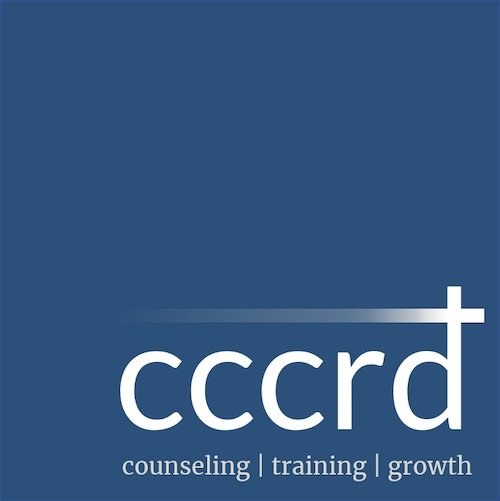What Is Family Systems Theory?
If you’ve ever baked a cake from scratch, you probably know how vital it is to follow directions precisely. Measuring ingredients in the right amount and setting your oven to the right temperature are necessary steps for your recipe to turn out successfully. Mismeasure or forget to add an ingredient, and you’ll definitely know something isn’t quite right.
Much like a cake recipe calls for precise amounts of ingredients that react synergistically to create a tasty dessert, families also rely on each other to maintain balance.
The Beginnings of Family Systems Theory
Since its beginning, the counseling profession focused mainly on the individual. Not many theoretical modalities were widely used until the mid-1900s. In the 1950s, psychiatrist Dr. Murray Bowen introduced the concept of viewing the individual through the context of the family unit. This was a novel idea compared to other treatments of the time, which often dealt with correcting an individual’s neurobiology and behavior.
Through his work, Dr. Bowen began to see that people could not be fully understood in isolation; rather, they must be seen as products of their family environment. Viewing people through the lens of their family, which Bowen described as a system, gave a lot of valuable insight into how individuals were shaped and molded into who they are and how they experience mental health issues.
While serving as a military psychiatrist during World War 2, Dr. Bowen began to notice patterns in his patients and their families that seemed to transcend individual factors. He later focused his work on studying the impact that schizophrenic patients’ families had on the patient’s emotional and mental health. What he found led him to conclude that emotional and behavioral problems were often part of a larger network of family relationships. In short, Dr. Bowen’s theory proposed that families function as emotional systems where the actions and influence of one member affect the entire family. Today, his theory has also been applied to social groupings like work environments and other communities that have been found to function in similar ways.
Main Concepts of Family Systems Theory
The three main points of Family Systems Theory are that the family is a complex emotional unit, its members are emotionally interconnected, and their relationships are reciprocal.
As a unit, families adapt and adjust to daily challenges, as well as changes brought on by the developmental growth of its members. To maintain the status quo, families tend to have spoken and unspoken rules, and each member has a specific role to play in relation to the others. If you have siblings or children, consider how birth order has influenced their traits, personalities, and roles they play in the family. Oldest children are stereotypically more responsible, take-charge types, whereas youngest children are more charming, creative, class clown types.
A family is a deeply connected and complex organism—together, they are much more than just the individuals who are part of it. Like the ingredients in a cake, each reacts to the other, and even subtle changes in one ingredient (either too much or too little baking soda) can affect how the rest of them function. In essence, the actions and interactions that take place within a family according to the roles and rules everyone is assigned keep the family in what we call “homeostasis”—that is, the way the family typically functions (or dysfunctions).
How Therapists Use Family Systems Theory
How do counselors use this in therapy? Family systems can be used in therapy when working with the entire family, with just two or three members (like siblings, mother-daughter, father-son, etc.), or even when working with individual clients. Dr. Bowen’s research even found that patterns of emotional functioning are passed down through generations. This means that dysfunctional coping mechanisms are learned and repeated, which can explain in part why anxiety, depression, and other mental health issues seem to “run in the family.”
According to this theory, mental health issues are more dependent on nurture than nature. In therapy, counselors begin the process by taking a detailed history of the client’s life, often starting with a genogram, which is a family tree going back at least two generations. Counselors look at the dynamics and patterns and get an understanding of how the family generally functions. From this, they gain a holistic understanding of who their client is and how they became who they are. Recognizing patterns and dysfunctional coping strategies gives counselors a starting point to begin planning the best way to treat the issues the client is bringing to therapy.
Relationships Can Heal
In the words of Dr. Bowen, “that which is created in a relationship can be fixed in a relationship.” If emotional issues come from one’s family of origin, then one can repair dysfunction through healthy relationship. By understanding how families operate, we can see where things might be going wrong—and how we might implement healthier patterns to bring families together.

